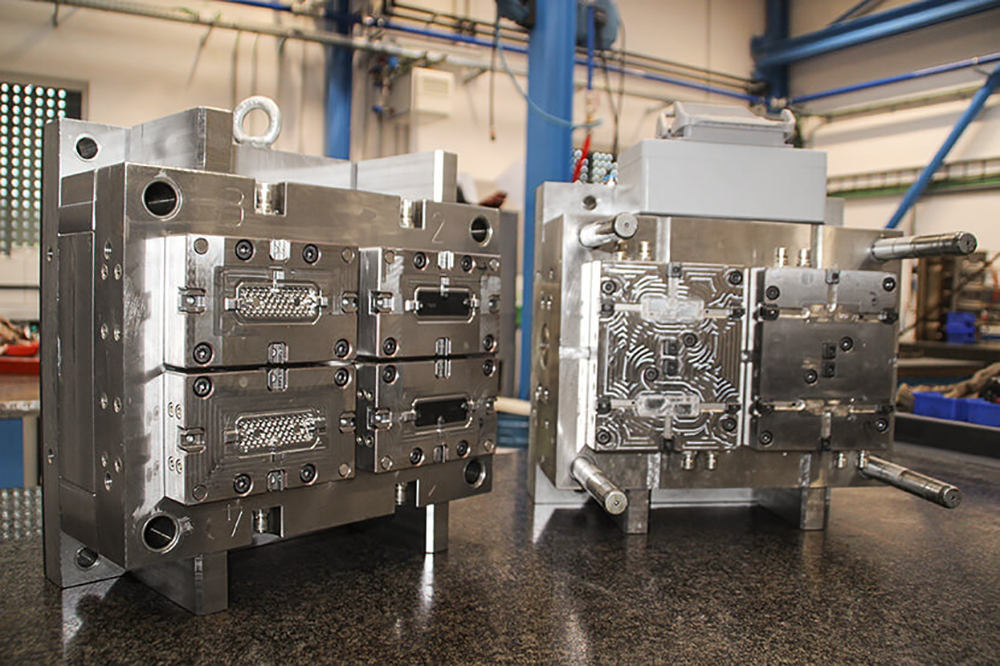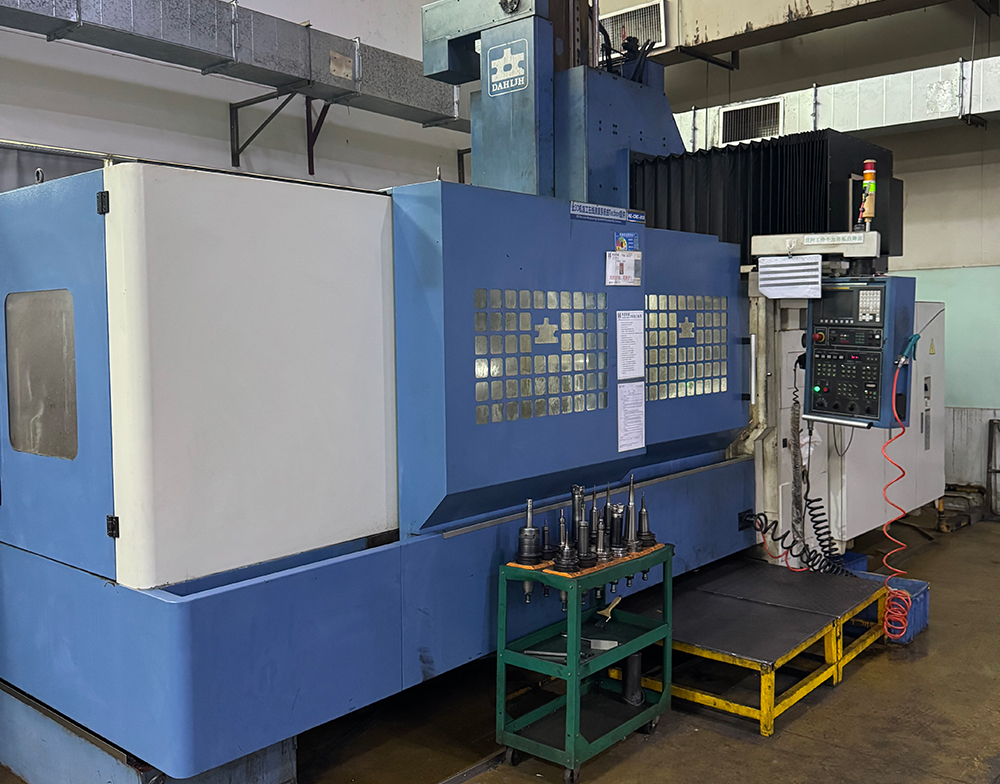Top 10 New Technologies in Plastic Injection Molding in 2025
As the plastics industry races toward greater efficiency, quality and sustainability, the new technology in plastic injection molding is redefining what’s possible. From smarter machines to greener materials, 2025 promises breakthroughs that will help manufacturers cut costs, shorten lead times, and deliver ever-more complex parts. Below we explore the Top 10 innovations reshaping injection molding—and explain why Huazhi is your ideal partner for adopting these advances.

I. Smart Molding with IIoT Integration
Industrial Internet of Things (IIoT) is the Internet of Things applied in industry. It is a system of interconnected sensors, instruments, other equipment and computer industrial applications connected by a network, including manufacturing and energy management. Network connection can collect, exchange and analyze data, which helps to improve productivity and efficiency, and also has other economic benefits. IIoT evolved from distributed control systems (DCS) and uses cloud computing to improve and optimize process control to achieve a higher degree of automation.
Why IIoT Matters in New Technology in Plastic Injection Molding
The Industrial Internet of Things (IIoT) connects presses, robots and auxiliary equipment to cloud‐based analytics. Real‐time data on temperature, pressure and cycle time enables predictive maintenance and adaptive process control. By deploying IIoT sensors on each injection mold, manufacturers can:
-
Monitor mold health and detect wear before downtime
-
Automatically adjust parameters to compensate for ambient changes
-
Collect production data for traceability and quality audits
Ultimately, IIoT speeds up troubleshooting and tightens process consistency—key benefits of implementing new technology in plastic injection molding.
II. Conformal Cooling via Additive Manufacturing
Optimizing Cycle Time with Conformal Cooling
Traditional straight‐drilled cooling channels often leave hot spots, leading to warpage and long cycle times. In contrast, conformal cooling channels—created by 3D printing internal passages that “conform” to the mold cavity—deliver uniform cooling. Advantages include:
-
20–30% reduction in cycle time
-
Improved part flatness and dimensional stability
-
Lower residual stress in molded parts
By leveraging additive manufacturing to build these channels directly into steel molds, injection molders adopt a key new technology in plastic injection molding that enhances both speed and part quality.
III. High-Speed Rotary Tables for Multi-Component Molding
Integrating Two-Shot & Multi-Material Parts
As product designs demand multiple materials, high‐speed rotary indexing tables allow for seamless multi-component injection molding. A single machine performs successive injections of hard and soft resins to produce overmolded parts in one cycle. Benefits include:
-
Elimination of secondary bonding or assembly
-
Tighter tolerances at the material interface
-
Reduced scrap and labor cost
This new technology in plastic injection molding is critical for producing ergonomic grips, seals and complex automotive trim in a single press.
IV. In-Mold Decoration (IMD) and In-Mold Labeling (IML)
Embedding Graphics & Textures at the Molder
IMD and IML technologies embed decorative films or labels directly into the mold cavity before shot. When the resin is injected, the film fuses to the part surface, achieving:
-
Scratch-resistant, UV-stable finishes
-
No post-molding painting or pad-printing
-
Enhanced aesthetics for consumer electronics, automotive interiors and appliances
In-mold finishing represents a compelling aspect of new technology in plastic injection molding, reducing processing steps while elevating product appeal.

V. Gas-Assisted Injection Molding
Lightweight Thick-Walled Parts with Reduced Stress
Gas-assist molding injects nitrogen into the melt core to form hollow sections in thick parts, such as handles or housings. Advantages include:
-
Lower clamp force and smaller machines
-
Minimal sink marks and improved surface finish
-
Material savings of 10–20% per part
As one of the most impactful new technology in plastic injection molding, gas assist extends design freedom while cutting cycle pressures and material usage.
VI. Advanced Melt Preparation & Drying Systems
Ensuring Resin Purity and Consistent Viscosity
Moisture and contamination in resin cause defects like splay, degradation and inconsistent flow. The latest automated drying and melt‐stream filtration units deliver:
-
Precise dehydration to < 0.02% moisture
-
Real‐time melt temperature and viscosity control
-
Batch logging for full traceability
Enhanced melt prep is vital among new technology in plastic injection molding to maintain zero‐defect production, especially for sensitive engineering polymers.
VII. AI-Driven Process Optimization
Machine Learning for Perfect First-Shot Quality
Artificial intelligence (AI) platforms analyze historical process data to recommend parameter settings that yield perfect parts on the first shot. Capabilities include:
-
Automated “recipe” optimization for new molds
-
Anomaly detection to flag tool wear or material issues
-
Continuous learning for ever-improving performance
AI marks a milestone in new technology in plastic injection molding, driving significant reductions in startup time and scrap.
VIII. Low-Pressure Injection & Precision High-Speed Gates
Fragile & Thin-Wall Components Production
Proprietary low‐pressure injection units combined with precision high‐speed valve gates enable molding of extremely thin‐wall or delicate parts without burning or jetting. Benefits are:
-
20–40% thinner walls for lighter assemblies
-
Elimination of surface blemishes at the gate site
-
Suitability for medical connectors, micro-fluidic devices
This fine‐control gating underscores how new technology in plastic injection molding expands application horizons.
IX. Hybrid Thermo-Electric Barrel Heating
Energy Savings & Tighter Thermal Control
Conventional band heaters have slow thermal response and high energy draw. New thermo‐electric barrel heating elements offer:
-
± 1 °C temperature accuracy
-
30–50% reduction in barrel energy consumption
-
Faster zone‐to‐zone temperature adjustments
Better thermal management is a priority among new technology in plastic injection molding, improving melt consistency and lowering operating costs.
X. Sustainable Materials & Recycling Integration
Closed-Loop Resin Use in Molding Cells
The shift to bio-based and post-consumer recycled (PCR) resins demands precise process control. Leading systems now incorporate in‐line grinding and pelletizing of sprues/runners, then blending offset to virgin pellets. Outcomes include:
-
Up to 30% PCR usage without compromising part mechanicals
-
Zero offline scrap—waste is immediately returned to the hopper
-
Full material traceability to meet green standards
Such circular‐economy solutions represent the green wave in new technology in plastic injection molding, aligning production with ESG goals.

Why Choose Huazhi?
-
Cutting-Edge Equipment: We invest in IIoT-enabled presses, 5-axis CNC for conformal cooling, and hybrid heating systems.
-
Sustainability Commitment: Our facilities run on renewable energy, and we champion closed-loop resin recycling.
-
End-to-End Expertise: From rapid prototyping to multi-shot molding, Huazhi’s engineers guide you through every new technology.
-
Proven Results: Clients report 25% cycle time reduction and 15% material savings when adopting our recommended technologies.
Conclusion
The new technology in plastic injection molding landscape for 2025 is defined by smarter, greener, and more flexible processes. From IIoT-driven predictive control to eco-friendly recycling loops, these ten innovations deliver faster cycles, higher quality, and lower total cost of ownership.
🚀 Ready to future-proof your production with the latest new technology in plastic injection molding? Contact Huazhi today for a free technology assessment and start your journey to smarter, greener, faster molding!
FAQ
Q: What is the biggest benefit of new technology in plastic injection molding?
A: Increased efficiency—IIoT and AI reduce downtime, while conformal cooling and advanced gating cut cycle times by 20–30%.
Q: Can Huazhi retrofit existing machines with these new technologies?
A: Yes. We offer upgrade packages—IIoT sensor kits, barrel retrofit heating elements and advanced gate controllers—for many legacy presses.
Q: Are sustainable materials compatible with high-speed molding?
A: Modern barrier drying and in-line recycling systems enable up to 30% post-consumer resin usage at standard cycle speeds.
Q: How quickly can Huazhi implement a new technology solution?
A: Depending on scope, IIoT integration or mold retrofits can be completed within 4–8 weeks, with minimal production interruption.
